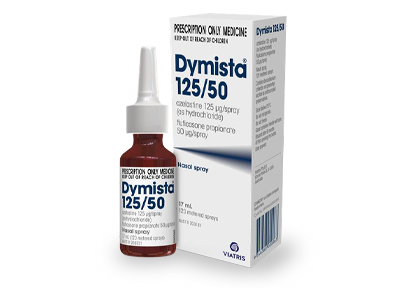Pain
Acute Pain
Acute pain usually lasts for less than 7 days but often extends up to 30 days; for some conditions, acute pain episodes may recur periodically. In some patients, acute pain persists to become chronic. Acute pain is ubiquitous following surgery.1
Acute pain management involves selection of interventions to provide adequate pain relief, in order to improve quality of life, improve function, and facilitate recovery, while minimizing adverse effects and avoiding overprescribing of opioids. Evidence also suggests that adequate acute pain treatment may mitigate factors that promote the transition to chronic pain.2,3,4
Acute pain is considered to last up to seven days, with the following qualifications:5
- Its duration reflects the mechanism and severity of the underlying inciting event.5
- Prolongations from seven to 30 days are common.5
- Prolongations beyond the duration of acute pain but not extending past 90 days post onset/-injury are common. This refers to the ill-defined but important period of "subacute" pain that warrants further specification and consideration in future taxonomic, research, and regulatory efforts.5
- Our understanding of pain mechanisms is currently insufficient to link these durations to specific physiologic mechanisms.5
Episodes of acute pain may result in chronic pain with subsequent impact on quality of life, employment and mental health. The prediction and prevention of transition to chronic pain may therefore convey health and economic benefits.6
References:
- Chou R, Hartling L, Turner J, et al. Treatments for Acute Pain: A Systematic Review. Agency for Healthcare Research and Quality; 2020. Accessed 16 June 2025. Available from: https://effectivehealthcare.ahrq.gov/products/treatments-acute-pain/protocol
- Tighe P, Buckenmaier CC 3rd, Boezaart AP, et al. Acute pain medicine in the United States: a status report. Pain Med. 2015 Sep;16(9):1806-26. doi: 10.1111 /pme.12760. PMID: 26535424.
- McGreevy K, Bottros MM, Raja SN. Preventing chronic pain following acute pain: risk factors, preventive strategies, and their efficacy. Eur J Pain Suppl. 2011;5(2):365-72. doi: 10.1016/j.eujps.2011.08.013. PMID: 22102847.
- Glare P, Aubrey K, Myles P. Postoperative pain management and opioids 1 (series): Transition from acute to chronic pain after surgery. lancet. 2019(393):1537-46. Available from: https://www.thelancet.com/pdfs/journals/lancet/PIIS0140-6736(19)30352-6.PDF.
- Kent ML, Tighe PJ, Belfer I, et al. The ACTTION-APS-AAPM Pain Taxonomy (AAAPT) Multidimensional Approach to Classifying Acute Pain Conditions. J Pain. 2017;18(5):479-489.
- Schug SA, Palmer GM, Scott DA, Halliwell R, Trinca J; APM:SE Working Group of the Australian and New Zealand College of Anaesthetists and Faculty of Pain Medicine. Acute Pain Management: Scientific Evidence. 5th ed. 2020. Accessed 16 June 2025. Available from: https://www.ucl.ac.uk/anaesthesia/sites/anaesthesia/files/acute-pain-management-2015.pdf
AU-CELE-2024-00010. July 2025.
